Table of Contents
Mastering Dried Chile Peppers: A Step-by-Step Guide for Home Cooks
Whether you're making authentic mole sauce, spicy salsa, or smoky tacos, dried chile peppers are a must-have ingredient. This guide covers everything you need to know about using dried chiles, from rehydration to substitution, with expert tips for perfect flavor every time. Learn how to rehydrate dried chile peppers for mole sauce, choose the best varieties for specific dishes, and store them properly to maintain freshness.
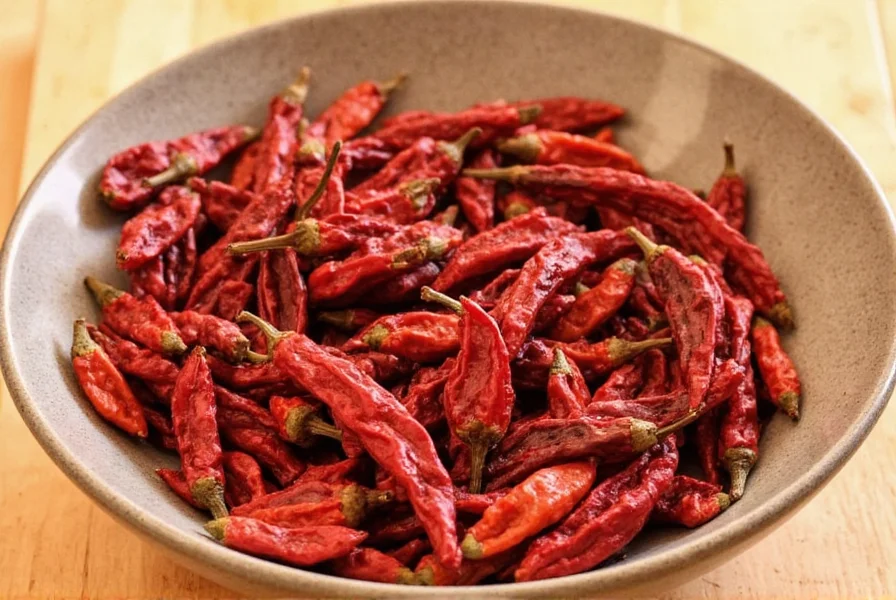
Types of Dried Chile Peppers and Their Best Uses
Dried chile peppers come in many varieties, each with unique heat levels and flavors. Here's a quick reference guide:
- Ancho Chiles (1,000-1,500 SHU): Dried poblano peppers with rich, sweet, smoky flavor. Perfect for mole sauces, stews, and enchiladas.
- Guajillo Chiles (2,500-5,000 SHU): Medium heat with tangy, berry-like flavor. Ideal for salsas, marinades, and adobo sauces.
- Chipotle Chiles (2,500-8,000 SHU): Smoked jalapeños with deep, smoky heat. Best for tacos, barbecue sauces, and soups.
- Habanero Chiles (100,000-350,000 SHU): Extremely hot with citrusy flavor. Use sparingly in hot sauces and spicy dips.
- Chilhuacle Chiles (2,000-5,000 SHU): Rare, floral, nutty flavor. Traditional in Oaxacan moles and tamales.
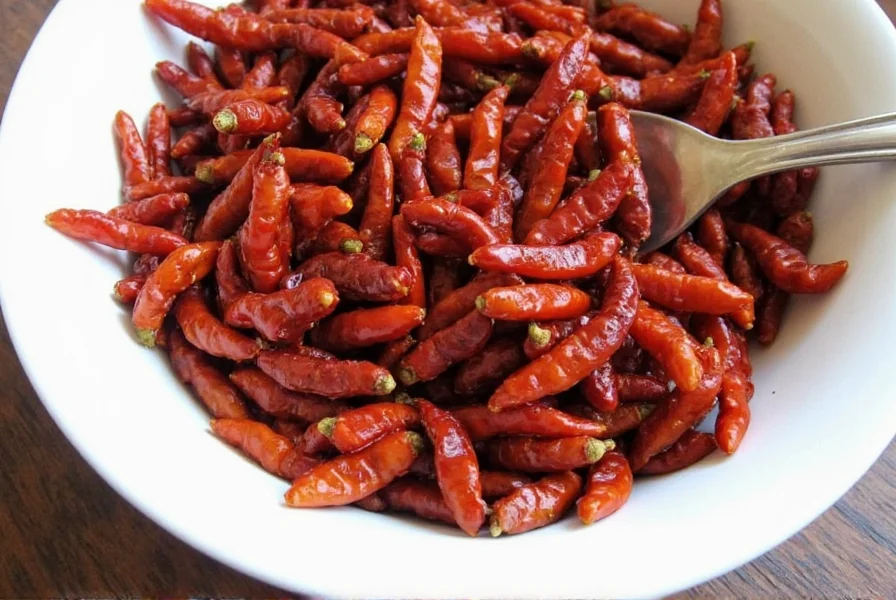
How to Use Dried Chile Peppers in Authentic Recipes
Follow these step-by-step methods to unlock the full potential of dried chiles in your cooking:
- Rehydrate for Mole Sauce: Soak 2-3 ancho chiles in hot broth (not water) for 25 minutes. Blend with tomatoes, cinnamon, and dark chocolate for authentic Mexican mole.
- Toast for Tacos: Dry-toast 2 chipotle peppers in a skillet for 1 minute until fragrant. Rehydrate, then blend with lime juice and garlic for smoky taco filling.
- Crush for Salsas: Crush guajillo chiles into flakes and mix with fresh tomatoes, onions, and cilantro for vibrant salsa verde.
- Add to Soups: Simmer dried chilhuacle chiles in broth for 15 minutes to infuse floral notes into pozole or bean soups.
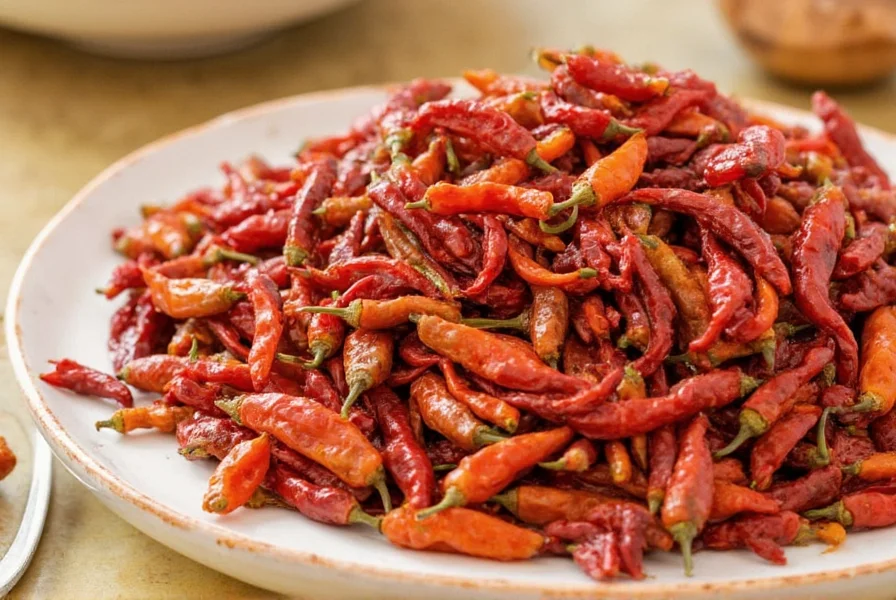
Practical Tips for Working with Dried Chile Peppers
Follow these expert recommendations to handle dried chiles safely and effectively:
- Wear Gloves for Hot Varieties: Always use disposable gloves when handling habaneros or chipotles to prevent skin irritation from capsaicin.
- Store in Freezer for Longevity: Keep dried chiles in airtight freezer bags for up to 2 years to preserve flavor and potency.
- Substitute Correctly: Use 1 dried chile = 3-4 fresh chiles by weight. For example, 1 dried ancho replaces 3 fresh poblanos in recipes.
- Balance Heat with Acid: Add lime juice or vinegar when blending chiles to cut through excessive heat and enhance complexity.
- Test Before Adding: Soak a single chile first to gauge heat level before using in large batches.
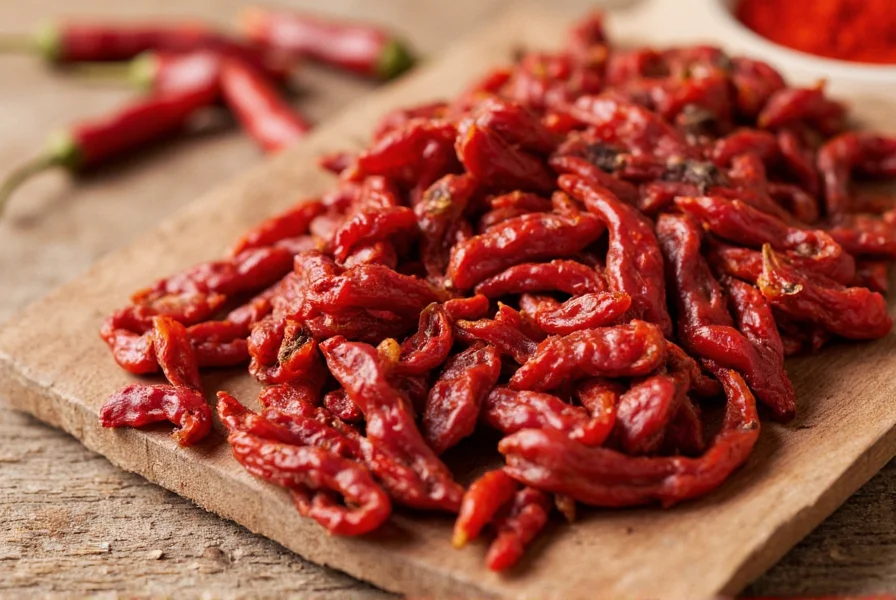
Buying Guide for Dried Chile Peppers
| Product Name | Features | Best For | Price Range |
|---|---|---|---|
| Organic Ancho Chile Peppers | 100% organic, sun-dried, airtight packaging | Mole sauce, slow-cooked stews, enchiladas | $8-$12 for 4 oz |
| Smoked Chipotle Peppers in Adobo Sauce | Smoke-roasted, preserved in tangy adobo sauce | Tacos, grilled meats, barbecue sauces | $5-$8 per jar |
| Guajillo Chile Powder | Fine ground, no additives, high freshness | Marinades, salsas, taco seasoning | $6-$10 for 2 oz |
| Hot Habanero Chile Flakes | Highly pungent, citrusy heat, no fillers | Spicy dips, hot sauces, adventurous recipes | $10-$15 for 1 oz |
Frequently Asked Questions
How do I rehydrate dried chile peppers for mole sauce?
For authentic mole sauce, soak 2-3 dried anchos in hot broth (not plain water) for 25-30 minutes until pliable. Remove stems and seeds for milder heat. Blend with tomatoes, cinnamon, and dark chocolate for rich, complex flavor. Broth infusion enhances depth compared to water rehydration.
What's the best dried chile for tacos?
Chipotle chiles are ideal for tacos due to their smoky heat and versatility. Dry-toast them briefly in a skillet, rehydrate, then blend with lime juice, garlic, and cumin for a smoky taco filling. For milder options, use guajillo chiles in adobo sauce.
How long do dried chile peppers last in storage?
When stored in airtight containers in a cool, dark place, dried chiles last 6-12 months. For maximum longevity (up to 2 years), freeze them in vacuum-sealed bags. Discard if they become brittle, lose vibrant color, or develop musty odor instead of earthy aroma.
Can I substitute dried chile peppers for fresh ones in recipes?
Yes, but adjust quantities: 1 dried chile = 3-4 fresh chiles by weight. Rehydrate dried chiles first (soak in hot liquid for 20-30 minutes), then use as you would fresh. Dried chiles provide deeper, more concentrated flavor, especially in slow-cooked dishes like stews and sauces.
What's the safest way to handle habanero chiles?
Always wear disposable gloves when handling habaneros. Work in a well-ventilated area to avoid inhaling fine dust. Never touch your eyes or face. After preparation, wash hands with soap and milk (to break down capsaicin) before rinsing. Clean all surfaces with hot, soapy water to prevent cross-contamination.
How do I choose dried chiles for authentic Mexican dishes?
For mole sauce, use ancho or mulato chiles for sweet-smoky depth. For salsas, guajillo provides balanced tang. For Oaxacan specialties, seek chilhuacle for floral notes. Always check origin labels: Mexican-sourced chiles typically offer traditional flavors. Avoid pre-ground powders for complex dishes—whole dried chiles yield superior taste.

Conclusion
Dried chile peppers are a culinary powerhouse that transforms ordinary dishes into extraordinary experiences. By mastering rehydration techniques, understanding heat levels, and selecting the right varieties for specific dishes, you can elevate your cooking with authentic flavors. Start with mild anchos for mole sauce, experiment with chipotles for smoky tacos, and gradually explore hotter options as your palate develops. Remember: proper storage and precise substitution are key to maintaining quality. With these expert tips, you'll unlock the full potential of dried chiles in every recipe.
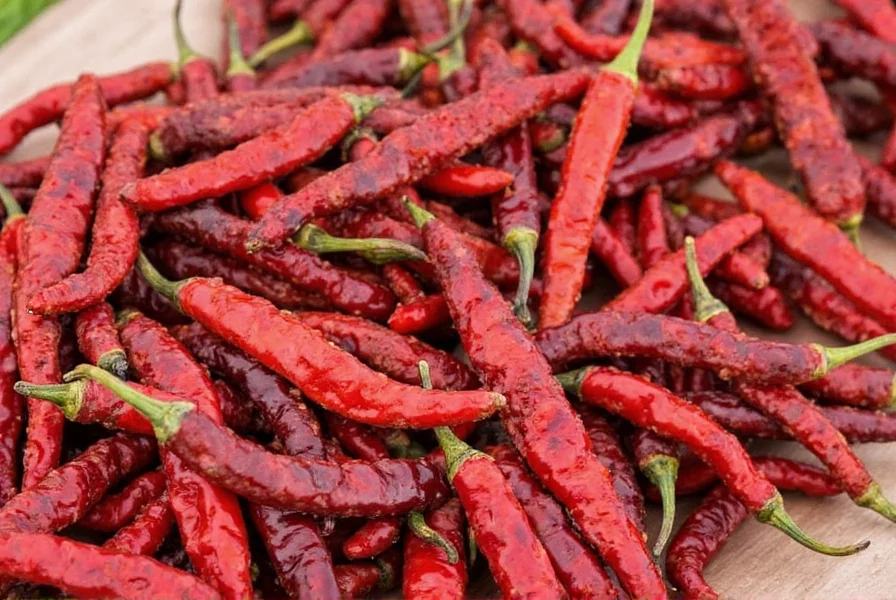

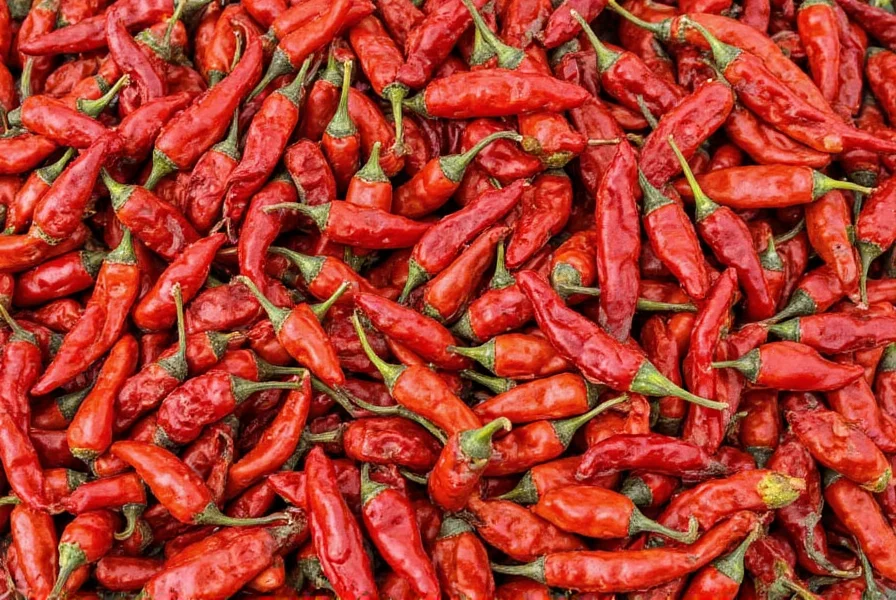









 浙公网安备
33010002000092号
浙公网安备
33010002000092号 浙B2-20120091-4
浙B2-20120091-4